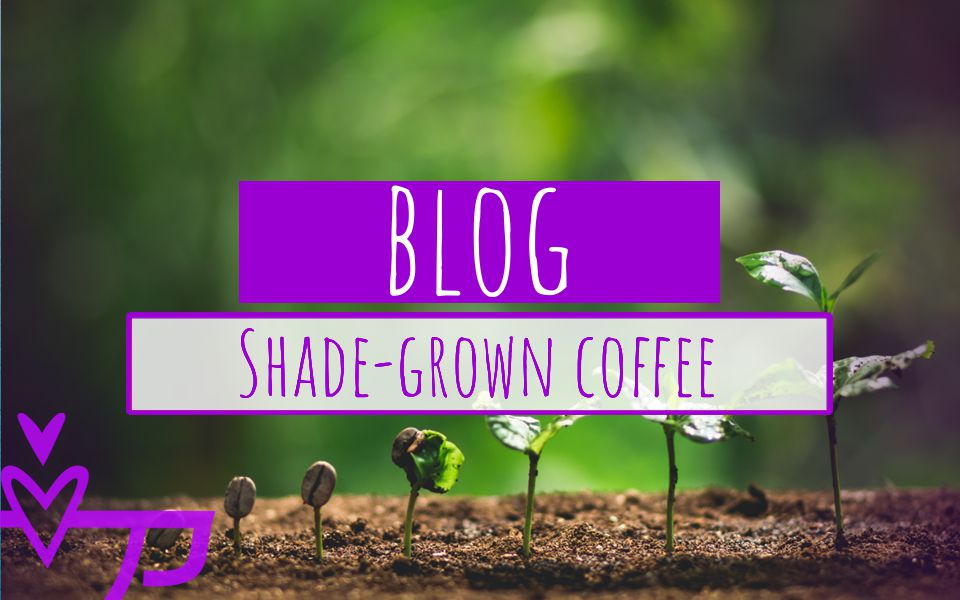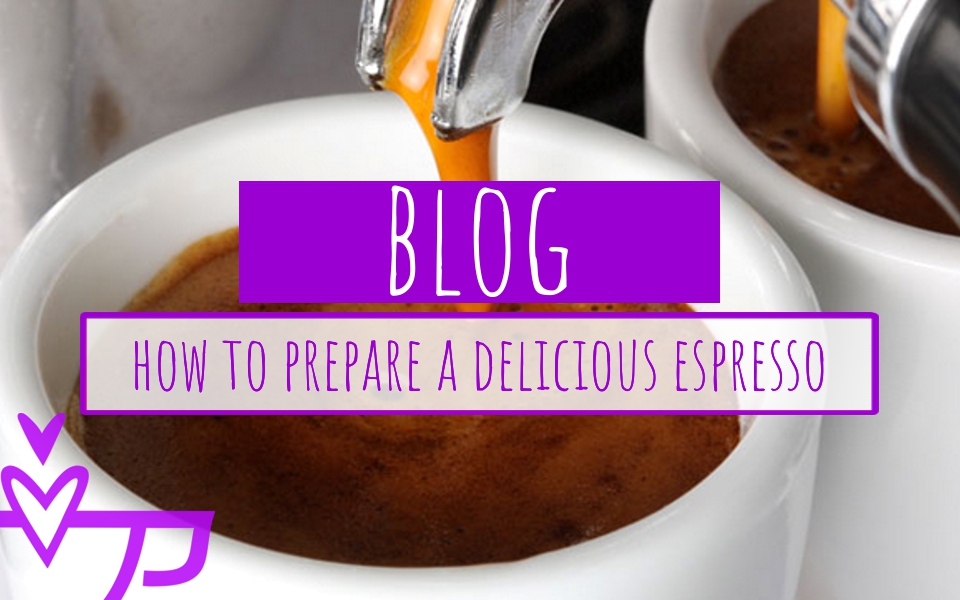
Imagine you are in the middle of a gigantic coffee plantation. The field seems to go on forever in every direction, and the sun is shining bright upon thousands and thousands of large green-leafed trees. Close your eyes for a moment and try to imagine this bright and warm place. What could possibly prevent this coffee field from producing some of the most delicious coffee imaginable? The answer doesn’t only lie in what you can see, but more in what you couldn’t hear.
Sun-grown coffee is a labor of love for many scientists, farmers and other members of the value chain. Indeed, the sunshine-apt varieties of this tree, help coffee grow plump, quicker. This basically means that the plants thrive in the ideal conditions they were bred for. So what seems to be the problem you ask? The answer is quite complex.
The battle of Shade vs Sun:
You might initially want to favor our local star-grown variety as a contender, but there are serious implications that arise with this method of cultivation and make it the villain in the battle for coffee greatness. The “dark” side -that is Shade-grown coffee- is most definitely the winner, both for flavor and for its environmental benefits. Let’s explore why:
Sun-grown coffee uses large amounts of land, which means clearing of ancient forests and other irreplaceable ecosystems in countries where environmental regulation is lacking or non-existent. These varieties also require a vast amount of pesticides and fungicides because the natural barriers that usually limit pests, and serve as the natural habitat of birds and insects, are completely removed. Because this coffee variety it is easy to grow, countries like Brazil and Vietnam who are responsible for some of the largest volumes of Robusta (commonly used for blending), use this as a main method of production.
Shade-grown coffee on the other hand, is the way coffee had traditionally been cultivated years ago. The trees would be planted at higher altitudes under the cover of majestic rainforest canopies. These rainforests provided a habitat for species that enabled pollination and allowed increased reproduction of native trees that help provide cover. Most importantly, these rich and biodiverse ecosystems provide diversity for an abundance of birds and bats (the sounds that were missing from the large field we mentioned initially), which are natural pest control agents for coffee plant leaves. I.e. You don’t need pesticides and fungicides like you do with the Sun-Grown varieties.
Now that we have established the environmental benefits of shade-grown coffee, there is the fundamental matter of flavor to consider. Since we basically consume coffee because of it’s amazing complexity of flavors, we have then to judge sun vs shade grown coffee on the cupping table. This great interview by NPR features a great recount of a shade vs sun grown tasting: https://www.npr.org/templates/story/story.php?storyId=129800164
As always, we like to say that the best coffee in the world is the one you enjoy most. We encourage you to try coffees from these two varieties and judge for yourself. Please let us know who the winner was on our social media platforms. Thank you for reading, if there’s any topic you would like us to cover, please let us know in the comments and stay tuned for more amazing coffee content by bookmarking our blog kofihana.com/blog



